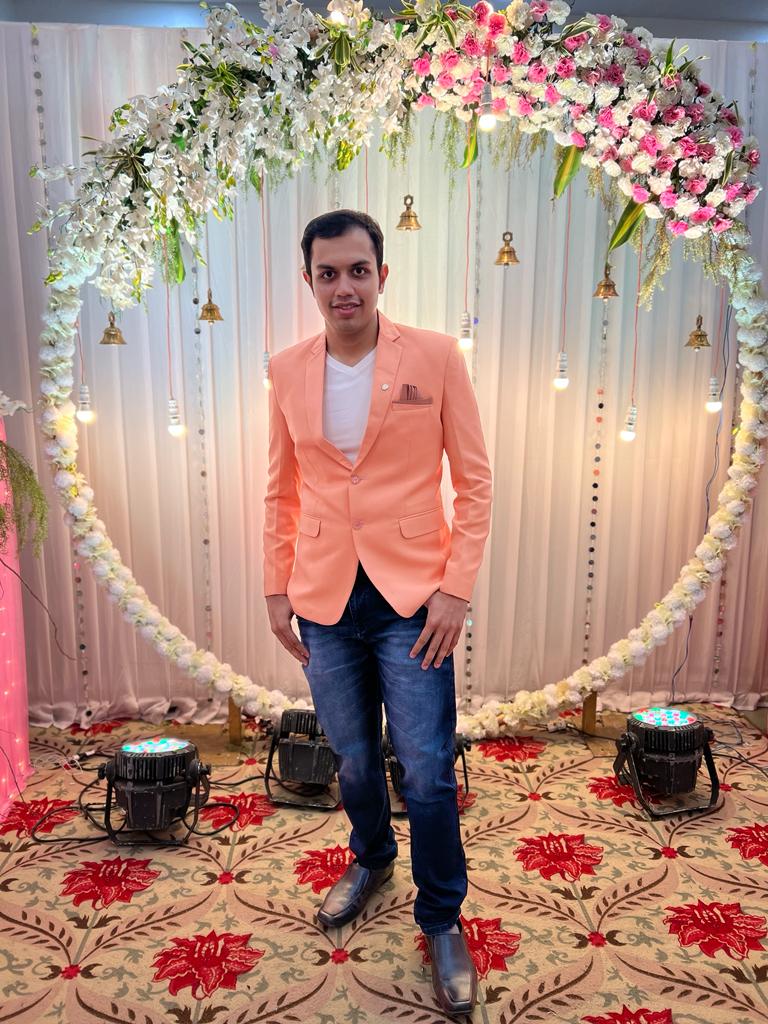Physical and Logical Qubits
 aansh savla
aansh savla'Noiseless and Errorless world is an ideal world. Hence it never exists.'
Any quantum computing hardware must satisfy the Di Vincenzo's 5-point criteria:
Well-characterized and scalable qubits i.e. we should be able to grow the number of qubits.
Initializable qubits i.e. We must be able to set it to certain values.
Long coherence time i.e. Large T2 value
Universal set of gates i.e. The set can perform any possible computation.
Efficiently measurable
There are two types of qubits:
1) Logical Qubit: These are used for programming (abstraction and clustering of multiple chips).
2) Physical Qubit: These are actual physical materials(ions, photons, superconductors) we use to process quantum information. These are the actual qubits laid on the quantum chip.
The two criteria for the efficient quantum computer are:
1) Low Error Qubits: Read the facts section in the blog: https://medium.com/@aanshsavla2453/noise-and-error-in-quantum-computing-6440458403e2
2) More Qubits:
Facts related to Logical and Physical Qubits:
When we say, we need more qubits that means we need more physical qubits. IBM announced its 433 qubit Osprey processor recently. Here 433 are several physical qubits.
To correct errors, we need to implement multiple physical qubits per logical qubit in a quantum algorithm. E.g. Some error correction code requires 9 physical qubits to 1 logical qubit(i.e. 1 main physical qubit to 8 ancillary qubits).
To run Shor's algorithm we need thousands of logical qubits.
Quantum Error Correction is often very theoretical and uses high-level, abstract mathematics(e.g. group theory, topology or information theory). However, it is possible to understand the basic principles without learning all the math:
Key questions:
Do theoretical error codes work like we expect on the hardware we have?
Which errors are prevalent in which architecture?
What hardware makes error correction more feasible?
What is the minimum amount of times we need to run a circuit to get reliable results?
Repetition Codes:
If we are practicing a math problem and if we get an incorrect answer then we have made an error in our solution. Hence the best way is to repeat the solution. Thus repetition is one way we correct errors in our everyday lives. Thus to correct errors there are some Classical and Quantum Repetition Codes developed.
How physical and logical qubits are used in these repetition codes will be covered in the next blog. Till that stay tuned!!
Subscribe to my newsletter
Read articles from aansh savla directly inside your inbox. Subscribe to the newsletter, and don't miss out.
Written by
